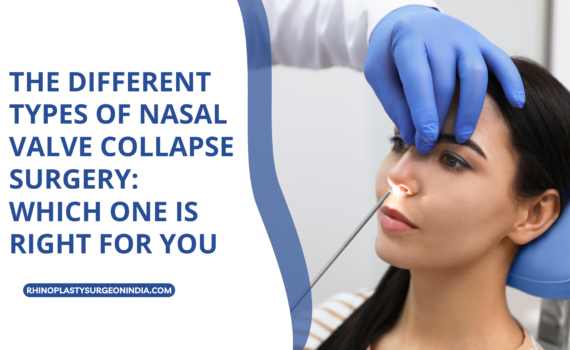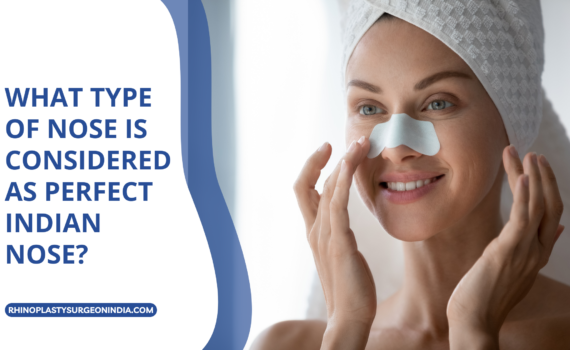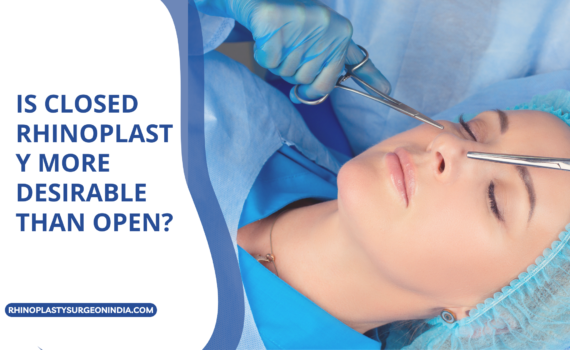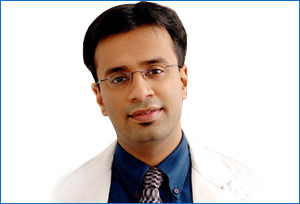Tags : closed rhinoplasty open rhinoplasty
The first rhinoplasty done was an open nose job, performed in 600 BC in India. The surgery aimed to restore breathing function in a woman who had lost her nose in a battle. In 1800, French surgeon Dr. Joseph Bartholomew started using skin grafts from the patient’s forehead and ears. In the early 1900s, Dr. Harol Gilles introduced the innovation of the nasal flap, which is still popular today but in a more advanced form. Since then rhinoplasty surgery has made significant progress in terms of techniques and innovations.
Rhinoplasty is also known as nose job or nasal surgery and can be done in both surgical and nonsurgical ways. It can correct many issues with the nose, such as a crooked nose, drooping or upturned tips, prominent nose, small nose, bump or dip in the bridge and breathing functions, nasal polyps, injury abnormalities, inflammations, symmetry balance, and nostril correction. It often involves cutting the bone and reducing the thickness of nasal skin. In some cases, the surgeons also use grafts to augment the nose. The surgery is usually done under anesthesia and takes about 2-3 hours to complete depending on the technique used by the surgeon. Rhinoplasty can be done using the open rhinoplasty or closed rhinoplasty procedure. Both aim to improve the form and function of the nose. Still, open rhinoplasty is usually done for reconstructive purposes such as repairing a trauma nose, etc.; closed rhinoplasty is done to correct minor flaws and a deviated septum.
Open rhinoplasty
As the name suggests, this type of nose job is done by exposing the nose’s framework so that the rhinoplasty surgeon can see the structures inside the nose. This is one of the common approaches to performing a nose job as it gives the surgeon more space to maneuver around the nose. Incisions are made in the columella (tissues inside the nose ) and sides of the nose. Incisions are generally hidden inside, but the one across the columella might be visible for some time. This nose surgery technique gives the surgeon the freedom to lift the nose’s skin providing access to the tip, sides, back, septum, cartilage, and external nostrils of the nasal structure. Open rhinoplasty is done in cases of
- Wide bridge or nasal hump that is curved and runs in the vertical length of the nose
- The difficulty of breathing through the nose
- People suffering from nasal tumors
- Congenital disabilities in the nose, e.g., cleft lip
- Revision rhinoplasty
- Rotated tip
- Asymmetric nose
Pros of open rhinoplasty
Open rhinoplasty is a widespread technique, but it has advantages and disadvantages. The pros include
- The surgeon can see the anatomy underneath. This way, the surgeon can more accurately measure and analyze the nasal structures in open-nose surgery. In addition, the things that would have been missed in the external examination, such as abnormalities causing crooked shapes, can be seen clearly. This way, the surgeon does more detailed and accurate work to reshape the nose according to your preferences.
- There is less chance of nasal asymmetry as the surgeon can be more precise in correcting bone, cartilage, and skin tissues.
- The better and more accurate placing of grafts and prostheses: Cartilage Grafts and prostheses are needed to reconstruct the nose to its most natural contours. The surgeon can place these more accurately with open rhinoplasty because of full access to the nasal skeleton. These grafts or prosthetic devices are usually used on the nose’s bride or tip to improve or reinforce the nose structure or increase the septum length.
- It is more accessible to the stability of the nasal elements, which results in fewer chances of nasal collapse or weakening, and it means the rhinoplasty will last longer.
- It is more suitable for complicated surgeries: People with a bad previous or first rhinoplasty benefit more from open rhinoplasty. This is because the surgeon can eliminate most nasal defects in one go.
- Fewer chances of scarring, bruising, and swelling: With greater surgical flexibility comes less swelling, bruising, and scaring than closed rhinoplasty.
Cons of open rhinoplasty
- It is more invasive
- It takes longer to heal
- Leaves a small but visible scar
- Has a more extended recovery period, i.e., more than two to three weeks
- It can cause scarring on the side of the incision, but they fade away with time
- This rhinoplasty takes about 1.5 to 3 hours
Recovery after open rhinoplasty surgery
The initial recovery time is about four to seven days, but the time might be extended if it is a functional open rhinoplasty. The surgeon will place bandages or a splint on your nose and give you something to stop the bleeding. The surgeon will tell you when the dressings can be removed, usually four to six days after the surgery. It is normal to experience nasal congestion, swelling, bruising, pressure inside the nose, headache, and nausea. This will go away in 10-14 days.
Closed rhinoplasty
In this nose job, the surgeon makes small incisions inside the nose to make the desired changes. Although it does not give much visibility, it still lets the surgeon work with great precision. This is a more common type of rhinoplasty in cosmetic nose surgery procedures. The rhinoplasty surgeon can sculpt and shape the tissue of the nose with ease to give a natural and aesthetic outcome that suits the facial features. This is a more complicated procedure that needs finer techniques on the surgeon’s part and cannot be used for making significant structural changes in the nose. Closed technique for nose surgery is done for
- Narrowing the width of the nose
- Reshaping the bridge and removing the hump
- Redefining the tip
- Reshaping the nostrils
Pros of closed rhinoplasty
- Less and hardly visible incisions: since closed rhinoplasty is used to do only minor changes, there is no need to make visible or large incisions. The incisions are endonasal and do not show on the skin.
- Shorter time in the operating theatre: It only lasts 30 to 90 minutes and requires less anesthesia and incision.
- Faster and shorter recovery period: Full recovery takes about five to seven days, and the patient can return to everyday life within a week of the operation. The bruising and swelling are minimal because the blood vessels are not damaged during the procedure.
- Fewer chances of complications because the entire method is less invasive and does not require open changes. Also, there is no open wound and hence fewer chances of infection.
Cons of closed rhinoplasty
It is an invasive surgery and, therefore, not without some disadvantages because it gives the surgeons a little less visibility than open rhinoplasty.
- There is a slight possibility of damage to the structure of the nose because of limited access and inside incisions.
- The surgeon can make fewer correct because of less access
- It cannot be used for revision or secondary rhinoplasty
- Results can change because of aging
- It requires more delicacy to perform and can make limited changes
- You might have breathing problems for a few days post-surgery because of swelling in the nose.
Recovery post-closed rhinoplasty
This surgery recovers faster than open rhinoplasty, about 7-10 days. The surgeon will instruct you to lubricate the nose and use nasal sprays to reduce the congestion and remove mucus as the nose heals. Inflammation, nosebleeds, minor swelling, and internal infection are common problems post-closed rhinoplasty.
How to choose between open and closed rhinoplasty?
Many factors affect this decision, mainly based on what needs to be technically done inside the nose. The surgeon will check the framework of the nose and its strength it to decide which technique will suit the best. Each structure, including the cartilage and tip, can be manipulated using open or closed rhinoplasty, depending on the complexity of the surgery. The other factors affecting the selection include
- Your expectations
- The natural shape of your nose and ethnicity
- The number and severity of defects
- The balance between the number of changes you desire and the possible
It is not possible to state which method is better. You must discuss all your expectations with the surgeon and ask about his surgical expertise and recommendations.
The cost of open Rhinoplasty
The cost of open rhinoplasty is higher than that of closed rhinoplasty, but it depends on how many procedures or corrections. In addition, the surgeon fees, experience, and location also affect the cost of rhinoplasty suitable for you.
Whether you choose to have open or closed rhinoplasty, you must consult the best surgeon in india with the experience and expertise to address your concerns regarding your nose. Have a detailed discussion with your surgeon before deciding on the best option. This is the only way to know which rhinoplasty you are suited for. Your doctor will discuss your concerns and goals and then determine the best treatment for the particular case.







